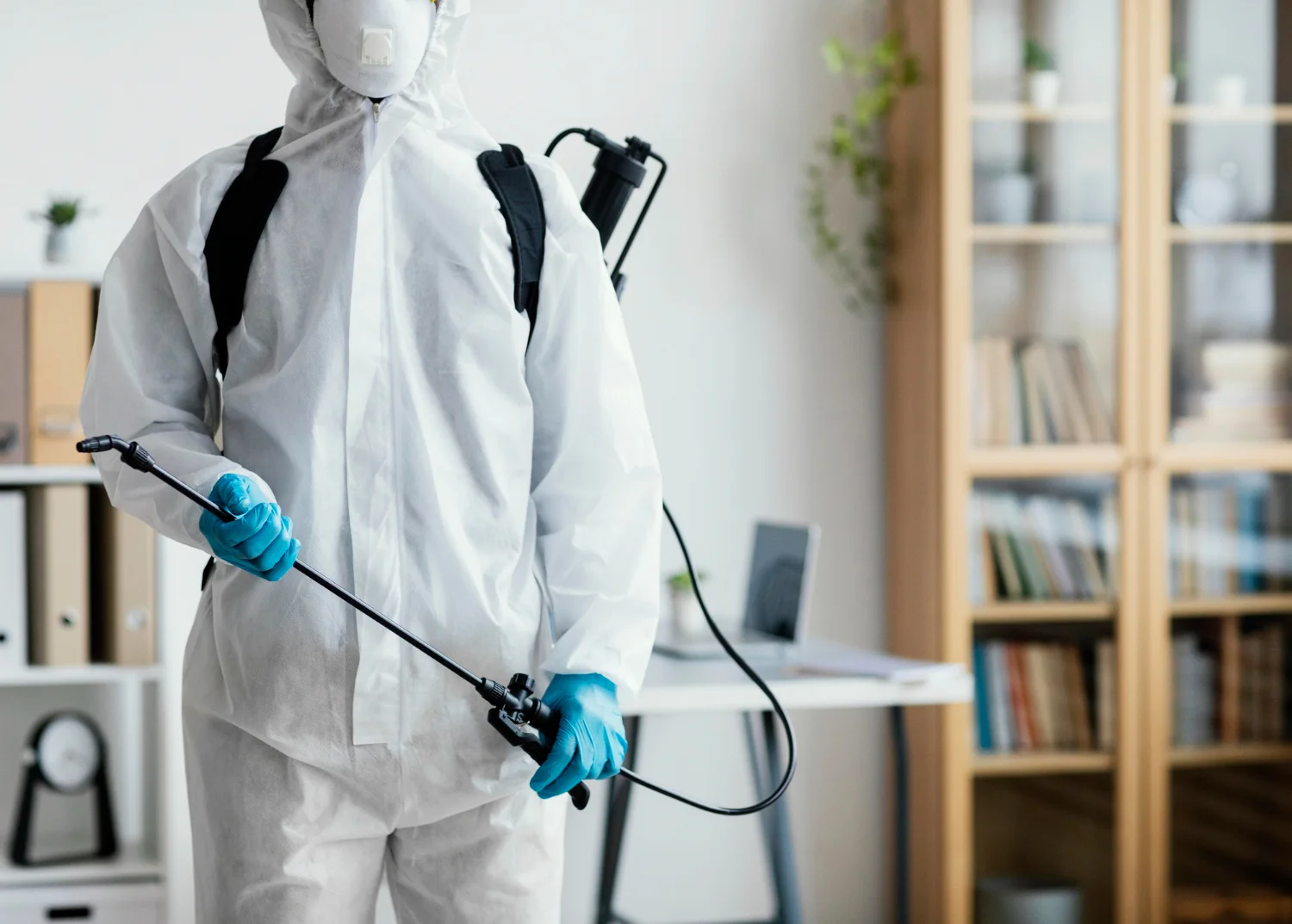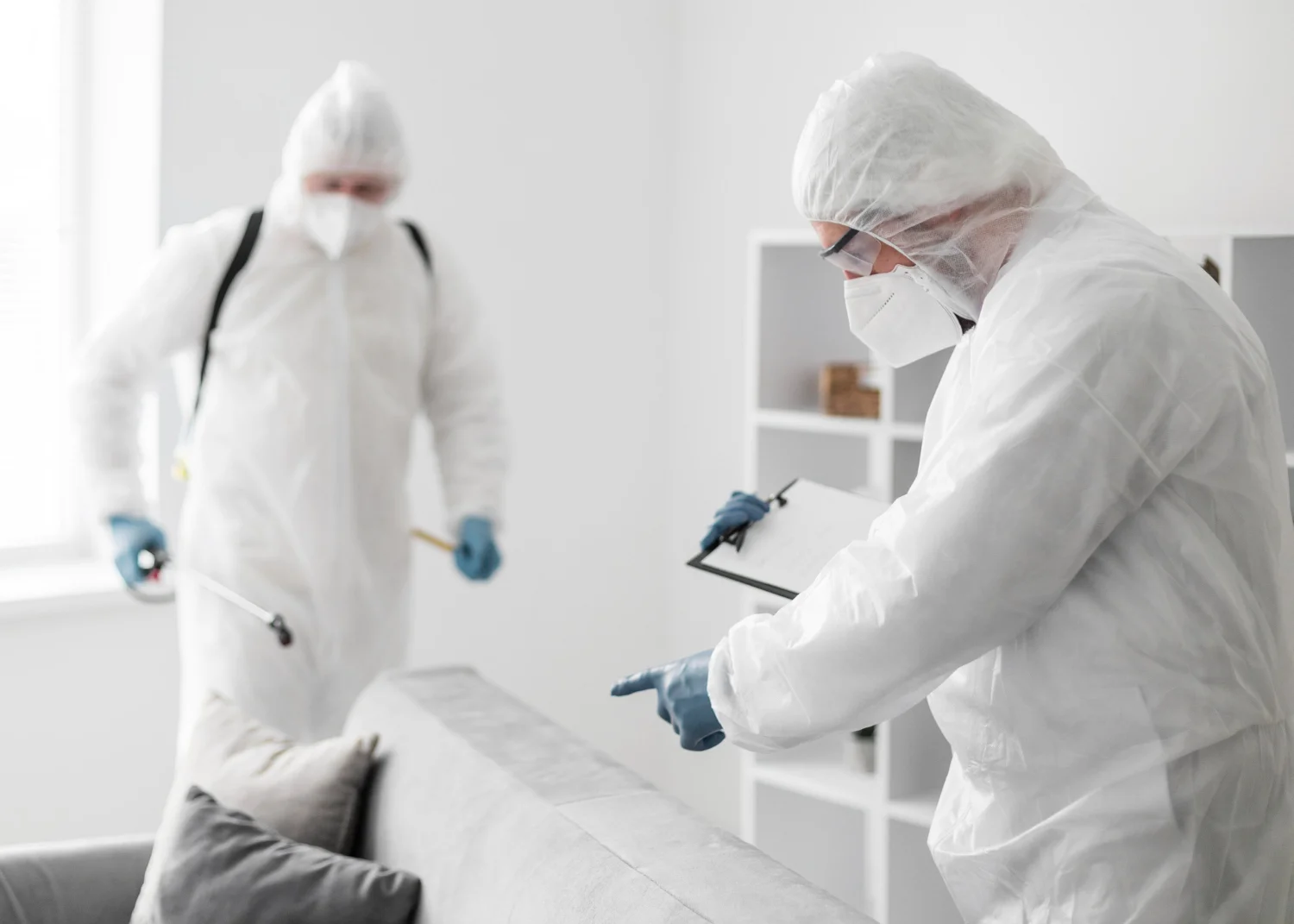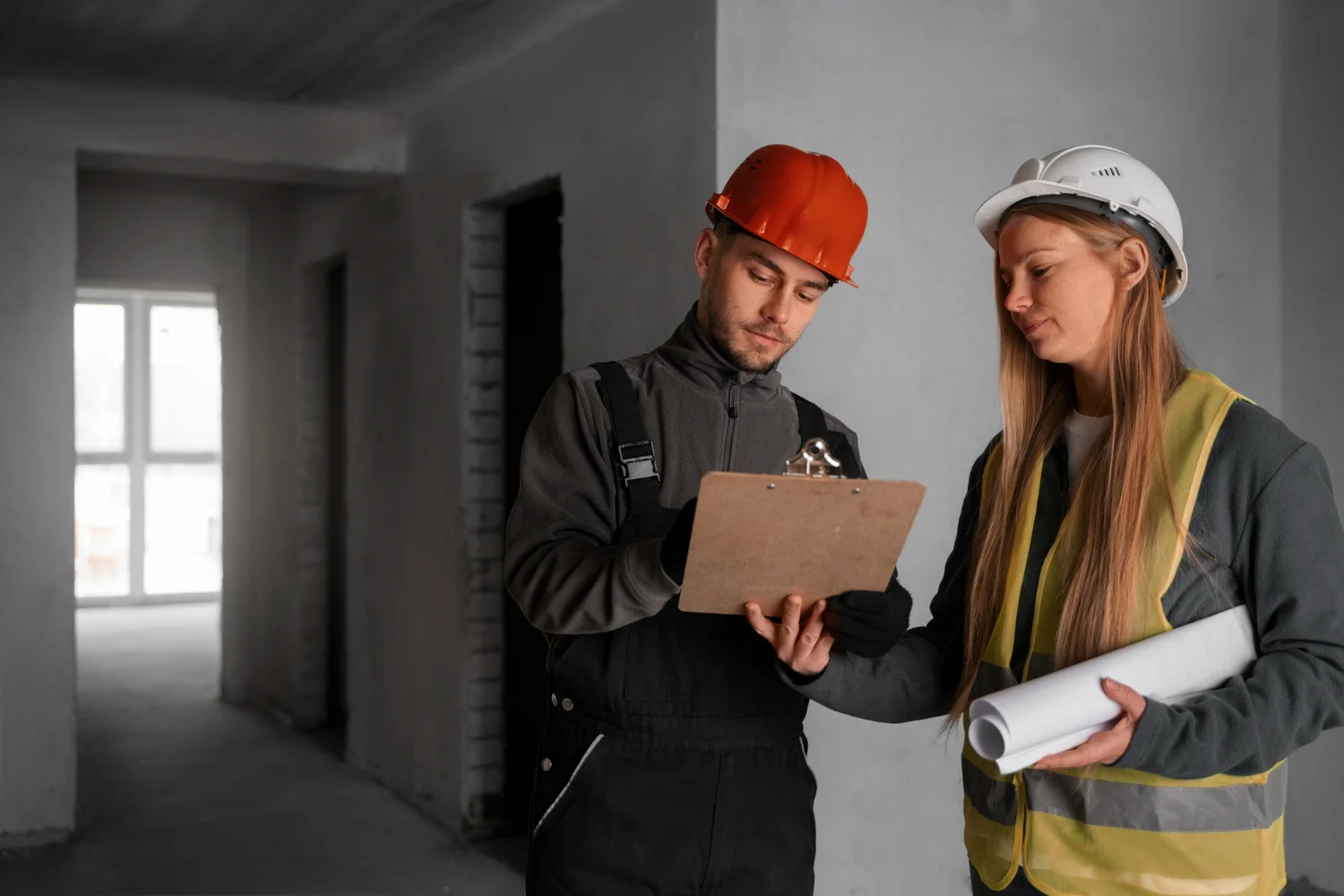Spotting termites early is crucial for protecting your home. These pests can cause significant damage before you’re even aware of their presence. Knowing how to detect their signs helps in keeping your home safe and maintaining its value.
Termites often hide in plain sight, which makes them hard to detect until they’ve already done damage. Being aware of where they’re likely to appear and what kind of evidence they leave behind is key. From tiny holes in wood to mud tubes along walls, these indicators can alert you to a potential infestation.
Early detection allows you to take swift action, preventing costly repairs and reducing the impact on your home. By familiarising yourself with common signs and vulnerable areas, you can protect your residence from termite threats. Knowledge is your best tool in ensuring your home stays strong and secure.
Common Signs of Termite Presence
Termites can be discreet invaders, often causing significant harm before they’re noticed. Recognising their presence early can save you time and money. Here are some common signs to look for:
1. Mud Tubes: Termites often build mud tubes for safe travel between their colony and food sources. Check along your home’s foundation, walls, and other structures connected to the soil.
2. Hollow Wood: If wood sounds hollow when tapped, it might be a sign of internal termite damage. Termites consume wood from the inside out, leaving it weak and brittle.
3. Droppings: Also known as frass, termite droppings resemble small wood-coloured pellets. Finding piles of frass near wooden structures can indicate termite activity.
4. Discarded Wings: After swarming, termites shed their wings. Finding piles of discarded wings near window sills, doors, or other entry points is a red flag for infestations.
5. Paint Bubbling or Peeling: Termites can create moisture issues, causing paint to bubble or peel. This is often mistaken for water damage, so it’s essential to investigate further.
6. Head Banging Noises: Soldier termites bang their heads against walls to signal danger. If you hear clicking sounds within your walls, it might be termites communicating.
Early detection through these signs means the difference between minor patchwork and major repairs. Regularly inspecting your home and staying alert can help you catch termites before they multiply.
Areas of the Home Prone to Termite Infestation
Understanding where termites are likely to invade helps in spotting them earlier. These pests are drawn to moisture and wood, making certain parts of your home more susceptible:
1. Foundation and Basement: Termites typically enter homes from the soil, making the foundation and basement prime targets. Look for mud tubes and check any wooden posts or structural supports.
2. Attics and Crawl Spaces: These areas often have exposed wood and can be humid, creating an ideal environment for termites. Regular inspections can help identify any early signs of termite activity.
3. Around Windows and Doors: Termites are often found near windows and doors due to the structural wood around these openings. Check for discarded wings or droppings, which might indicate nearby nests.
4. Wooden Structures: Termites are fond of structural timbers, floorboards, and skirting boards, making them common hotspots for infestations. Tapping for a hollow sound can reveal hidden damage.
5. Outdoor Structures: Decks, fences, and wooden sheds can be invaded by termites and often serve as a gateway into your home. Keep wood away from soil contact and inspect outdoor constructions regularly.
By focusing on these areas, you can better safeguard your home. Prevention and routine checks are vital to catching and controlling termite problems before they escalate into serious damage.
Tools and Techniques for Detecting Termites
Detecting termites early is essential to preventing serious damage to your home. Various tools and techniques can help spot these pests before they cause major problems. Understanding how inspections work can empower you to take timely action.
One of the most effective tools used by professionals is a moisture meter. Termites need moisture to survive, so areas with high humidity often indicate potential infestations. A moisture meter helps locate these spots quickly, directing the focus to areas that might require closer inspection.
Thermal imaging cameras are another advanced tool used in termite detection. These cameras show temperature differences in walls and floors, revealing termite presence via heat signatures. This method identifies hidden colonies without dismantling parts of your home.
Another technique involves listening devices. These tools pick up faint noises made by termites as they eat through wood. With sensitive microphones, inspectors can detect even the smallest movements within walls, floors, and ceilings.
Physical tools like screwdrivers and flashlights also assist in probing wood structures for damage and visible signs. By tapping wood surfaces, inspectors can detect hollowness, which suggests termite activity. Combining these techniques provides a comprehensive view of your property’s condition.
Importance of Early Detection in Termite Prevention
Preventing extensive damage from termites hinges on early detection. Spotting these invaders at the initial stages of infection can save your home from severe structural issues, reducing repair costs and stress.
Early detection allows homeowners to address infestations before they become widespread. Termites can quickly multiply and spread throughout a building if left unchecked. Finding them sooner rather than later is crucial. Regular inspections keep you ahead, ensuring that any signs of termites are caught and dealt with promptly.
The benefits of early detection also extend to financial savings. Repairing termite damage can be costly, especially if they have compromised the integrity of your home’s structure. By identifying problems early, you can avoid expensive rehabilitation and the problem will not worsen further.
Besides saving money, early detection also contributes to peace of mind. Knowing that your home is free of termites reassures you that your investment is secure. Regular monitoring and maintenance demonstrate proactive care, preserving the safety and comfort of your living environment.
Conclusion
Recognising and addressing termite threats early is vital for protecting your home from costly damage. By using effective tools and staying vigilant, you can ensure that your property remains safe from these silent invaders. Regular inspections and employing advanced detection methods provide a solid defence against potential infestations.
To safeguard your home against termite damage, rely on the experienced team at C & W Services. Our comprehensive building inspections in Yeppoon utilise the latest techniques to identify and manage termite risks effectively. Contact us today to schedule an inspection and keep your home protected for years to come.



